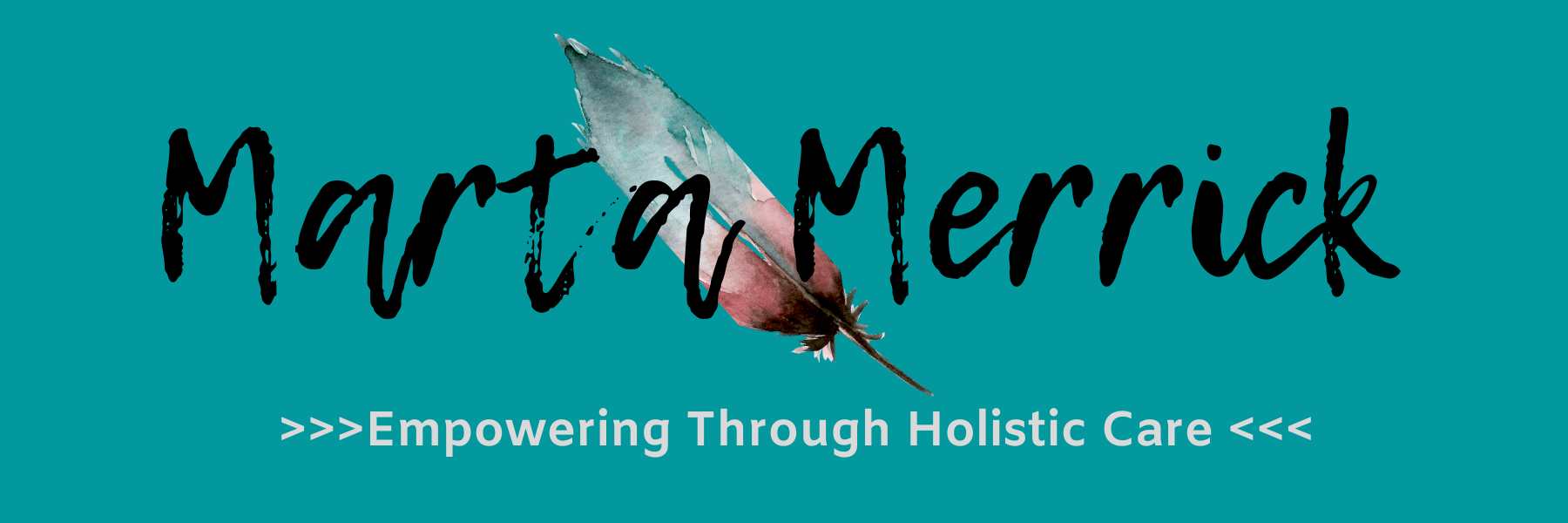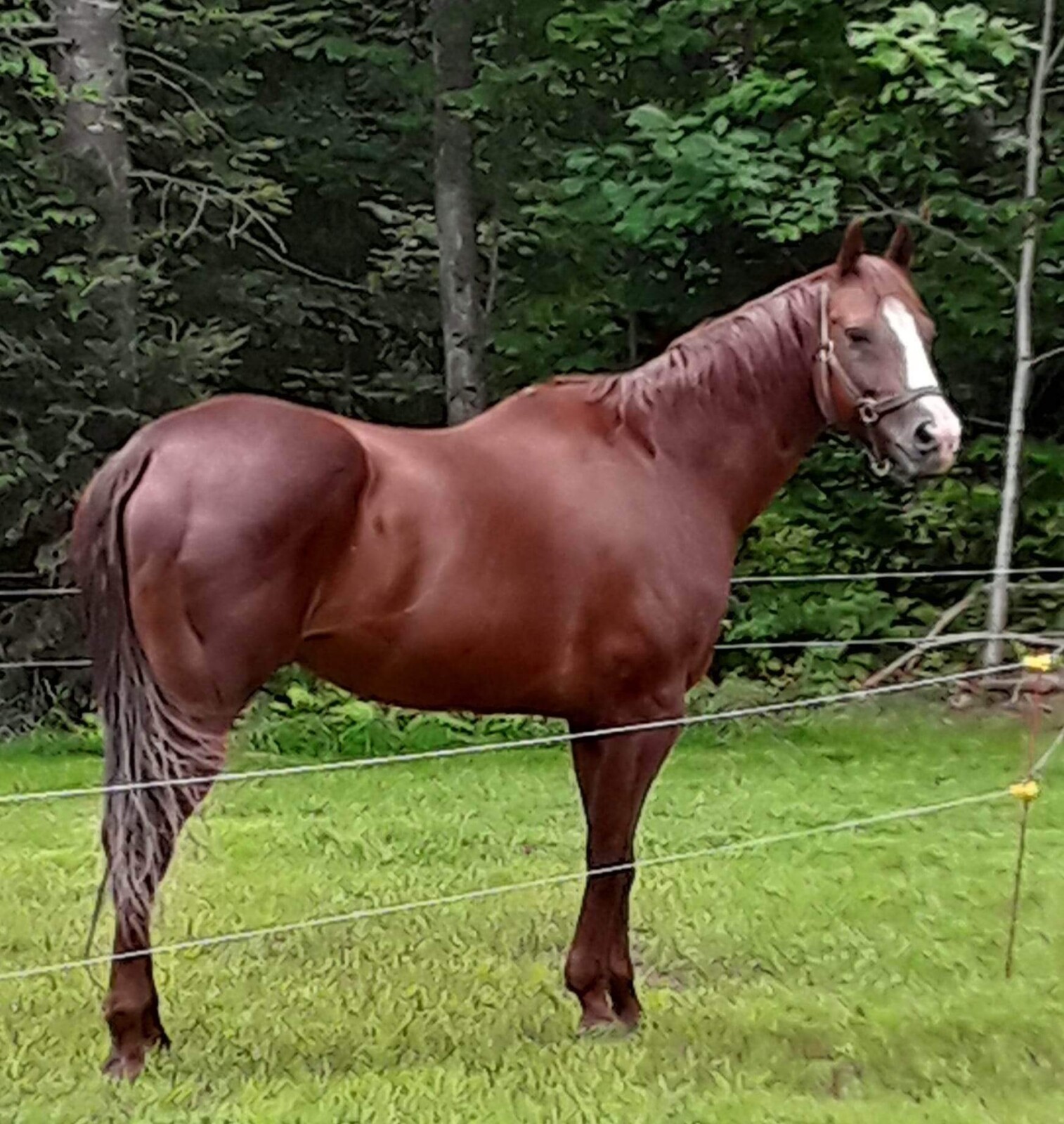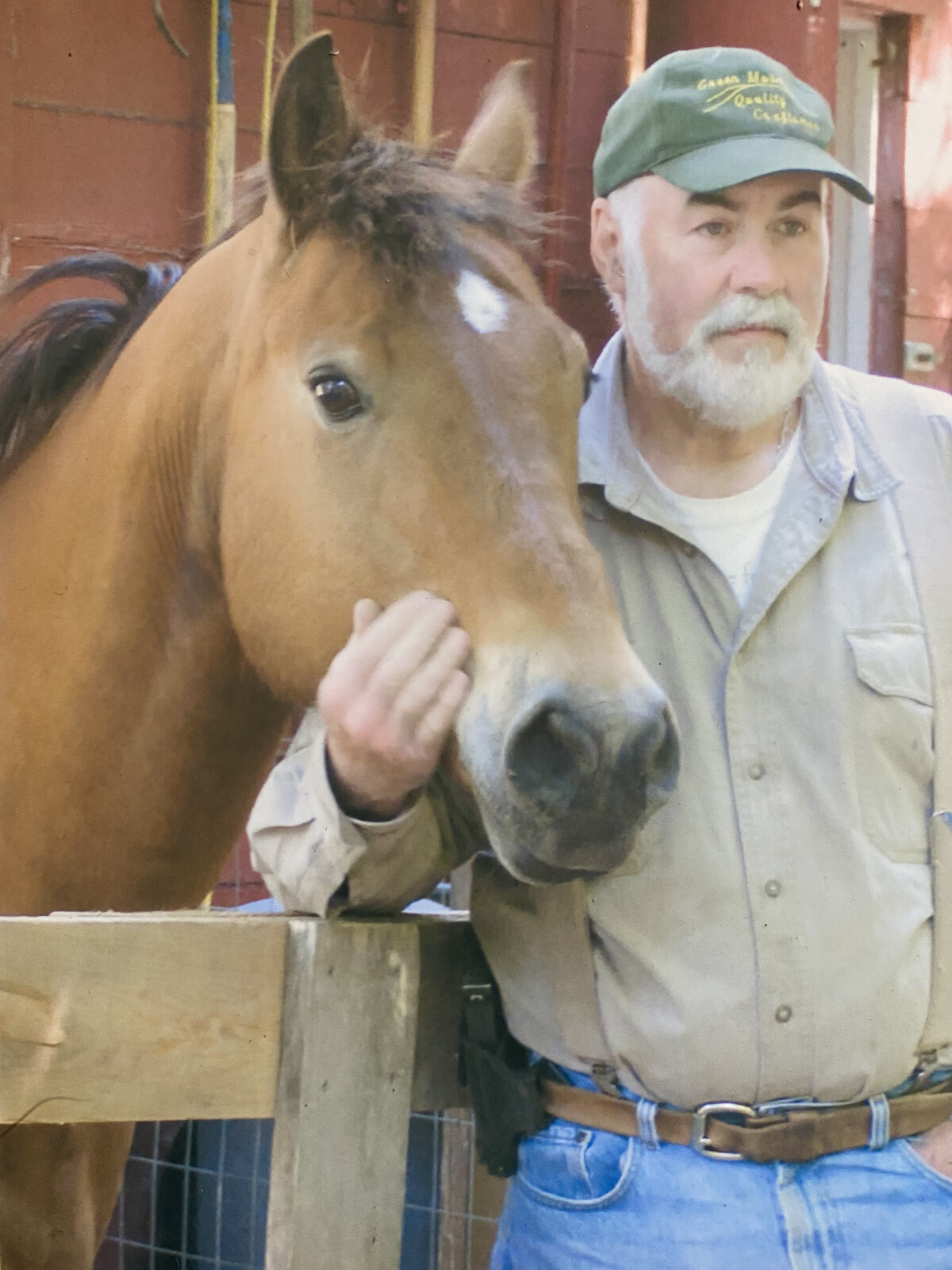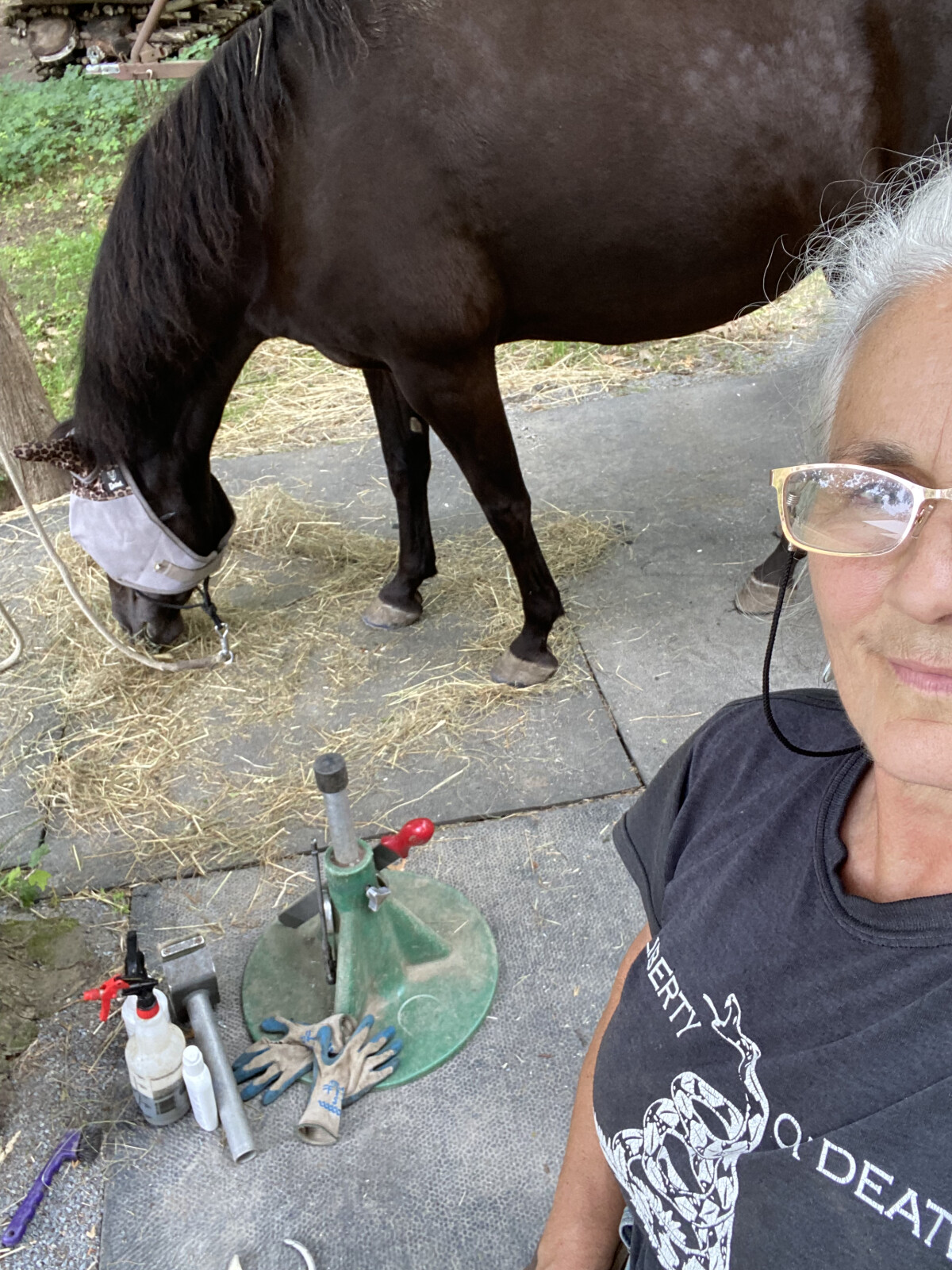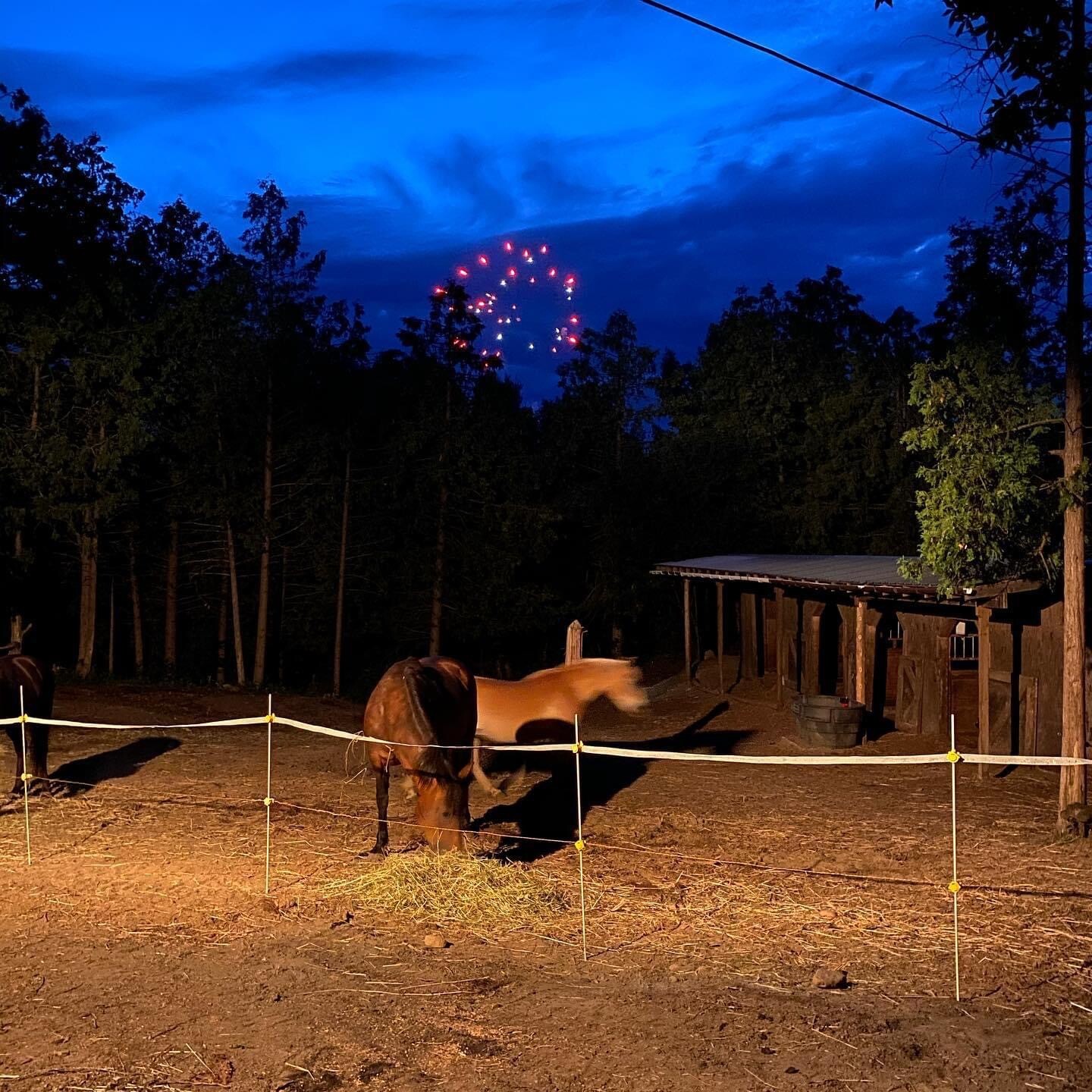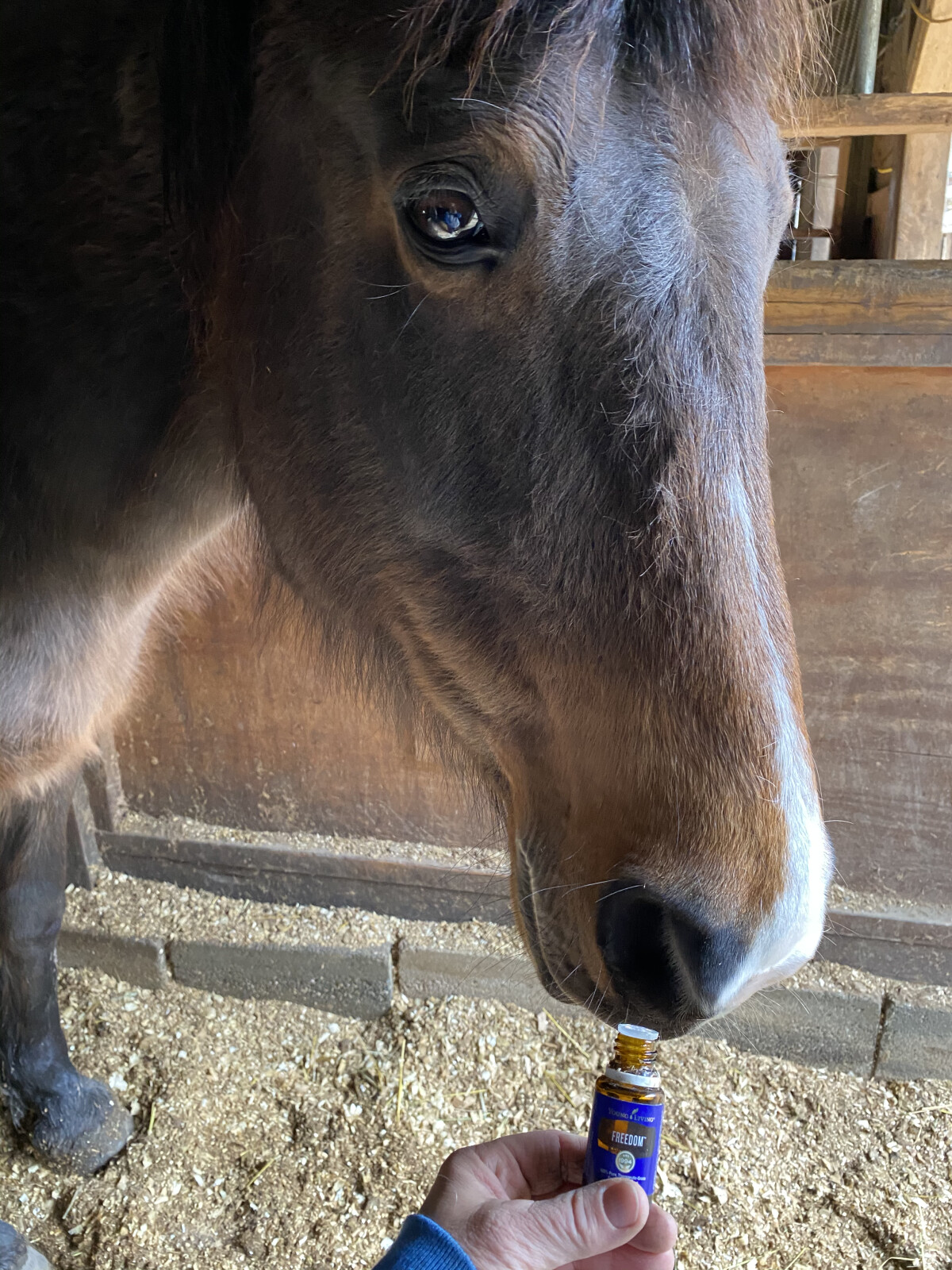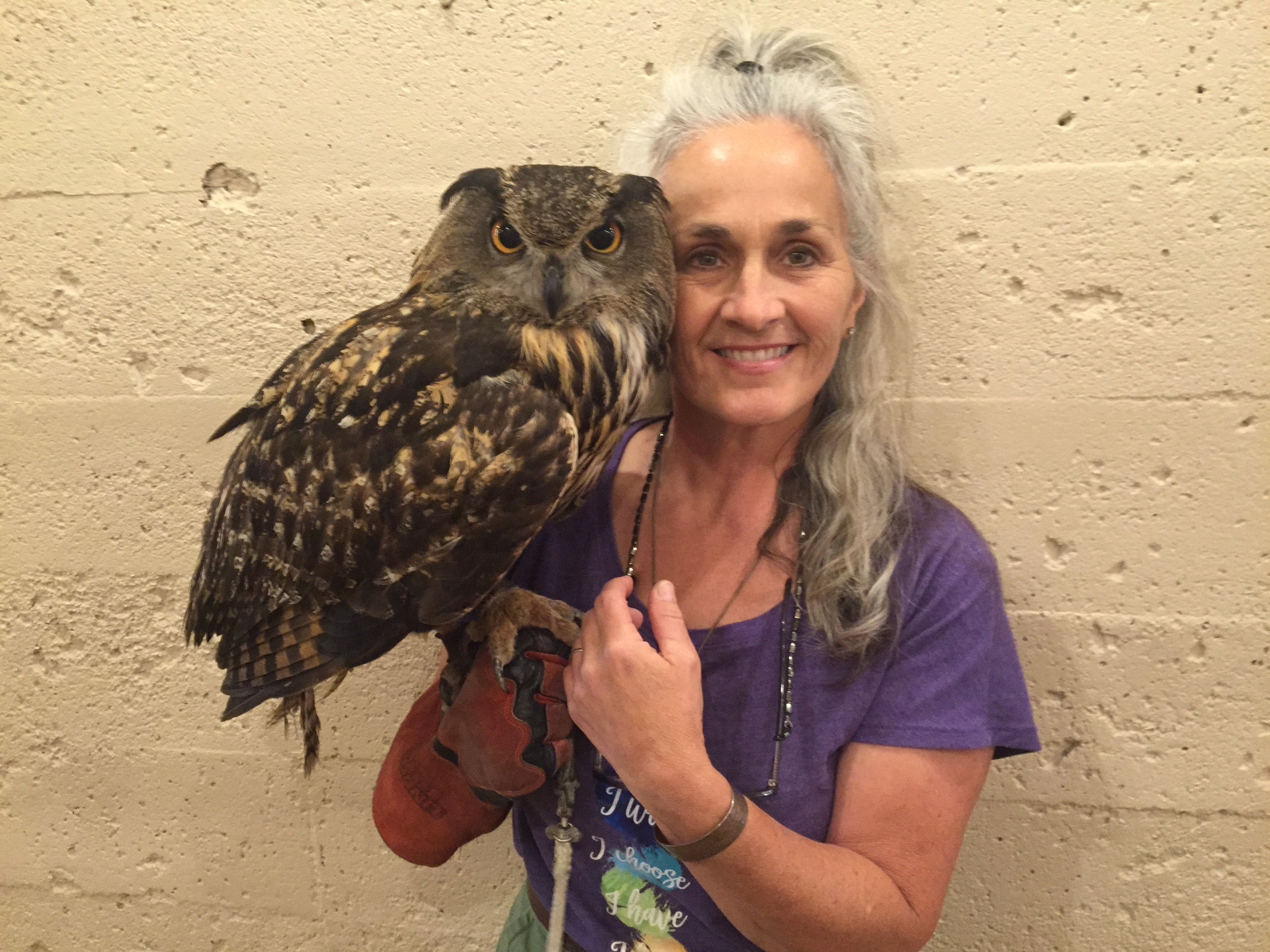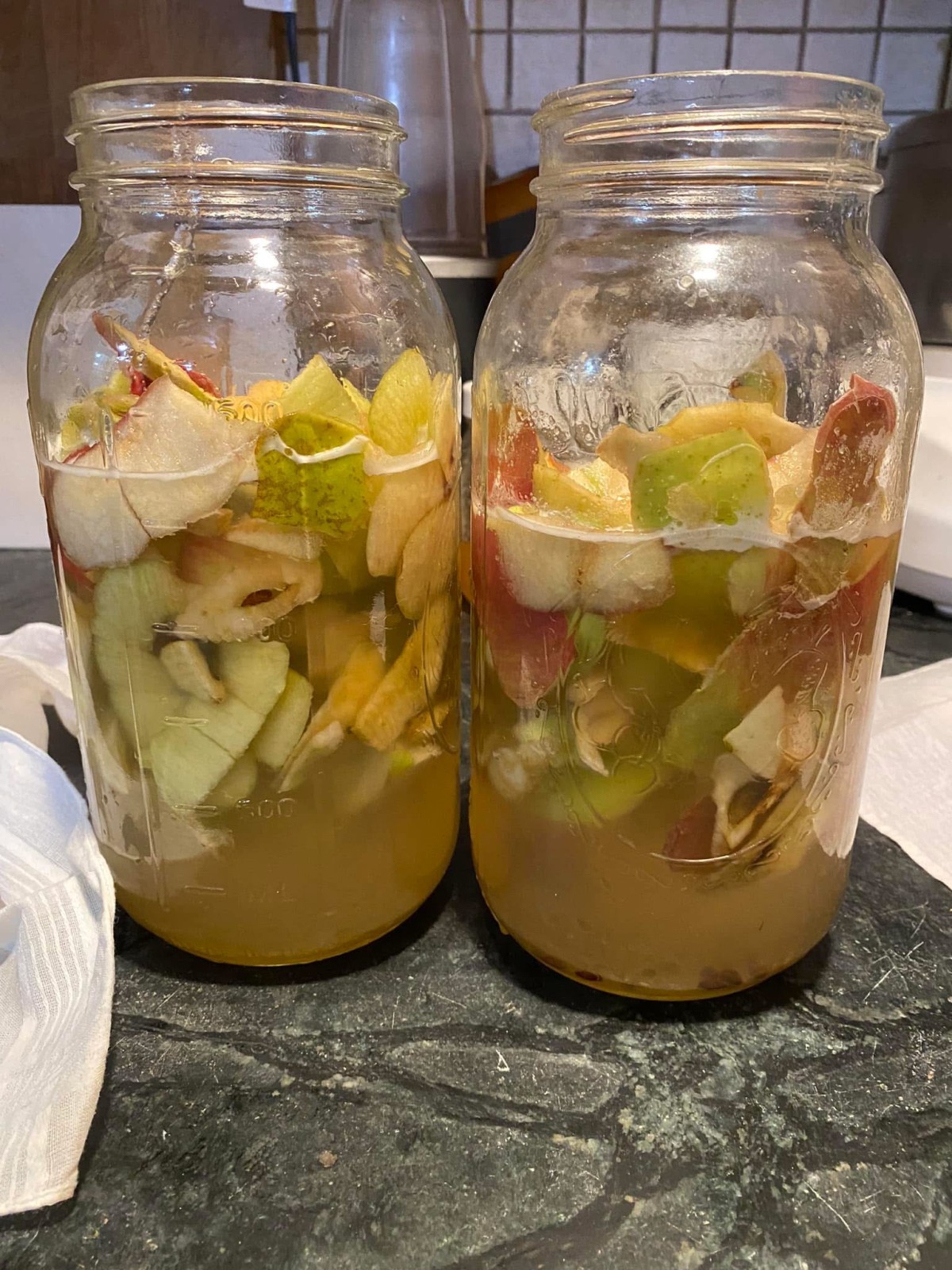
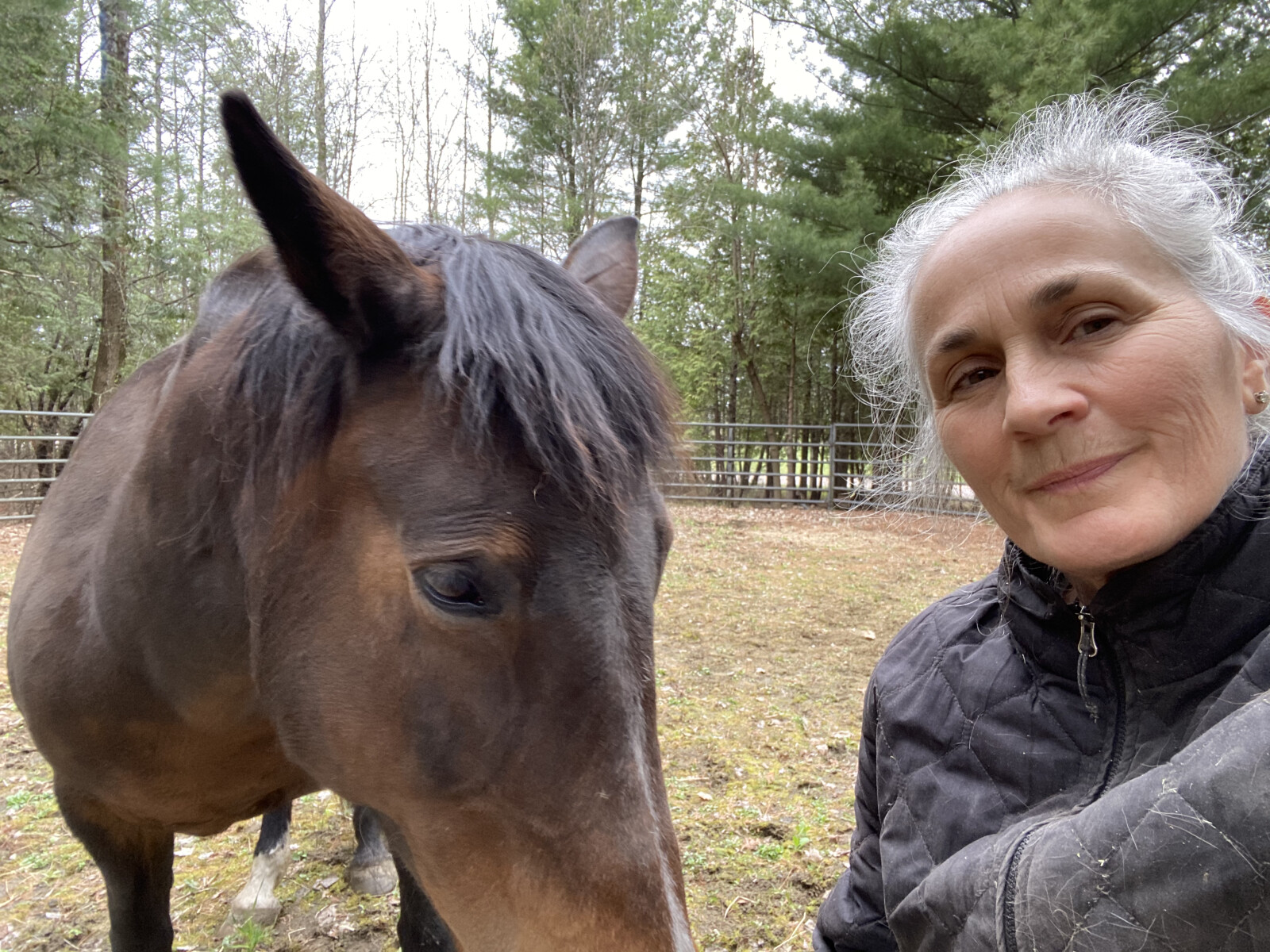
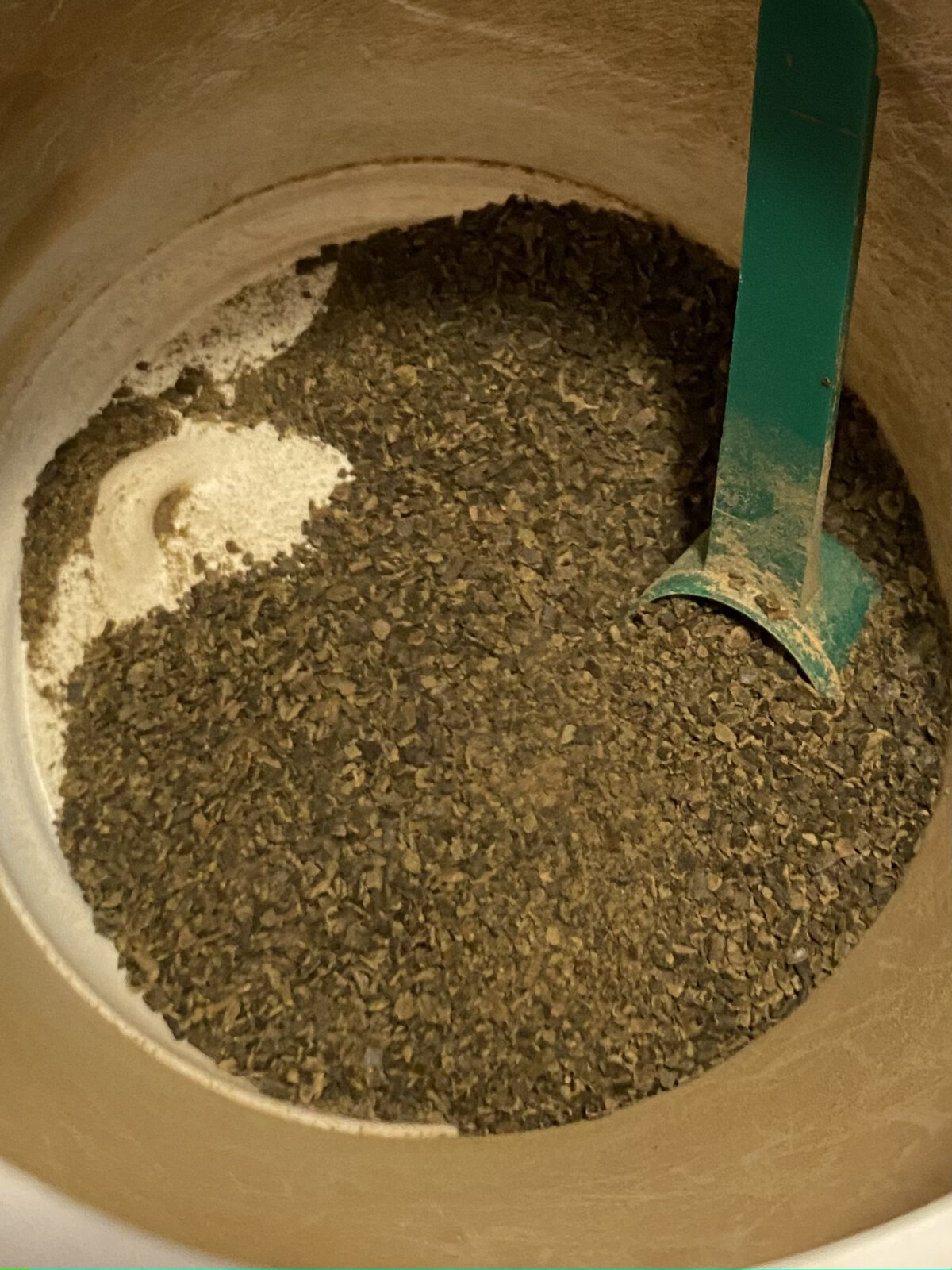
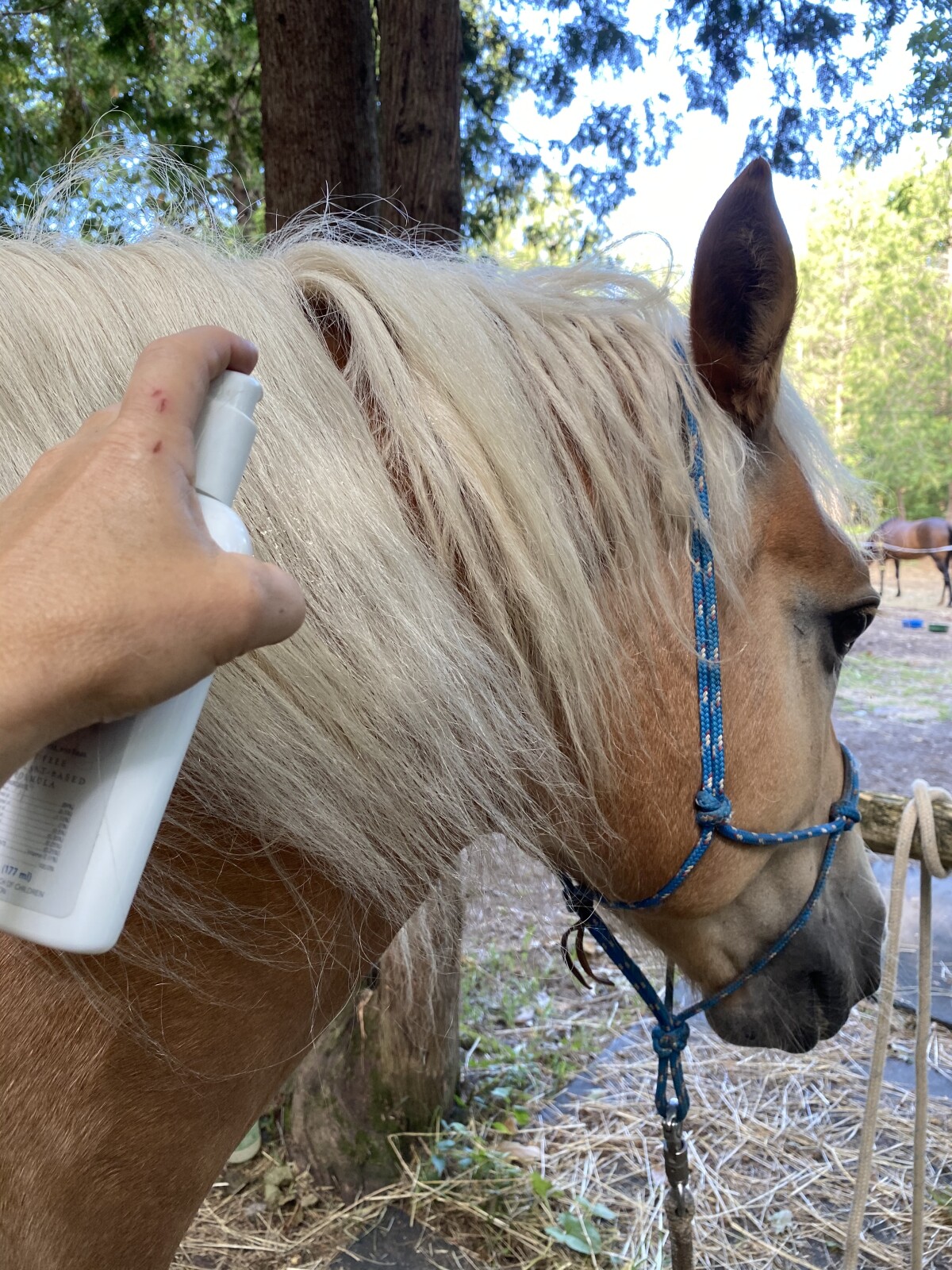

As horse care givers we know the damage that thrush can do. Or do we? There are so many horses out there who have back foot pain. It could be that slit up the back of the frog into the heel bulbs, maybe it’s the gooey, smelly junk in the collateral grooves, or perhaps it’s just a small frog that does not seem to grow. This pain causes the horse to land on the toes first creating all kinds of tearing and trouble for the hoof.
Much of the time this lameness is due to untreated bacterial and fungal infection. If let go, unnoticed for a long period, it creeps deeper into the hoof causing pain and more damage.
Needless to say, thrush is a big deal and we, as horse caregivers, need to be aware of it!
Because I am a huge proponent of a prevention philosophy when it comes to the care of my horses, I’m going to share the one big thing that you can do to help your horses to avoid thrush! The one thing that has the biggest impact on PREVENTING THRUSH is MOVEMENT!
Getting your horse out and moving on a track system is ideal for the health of their hooves. It offers stimulation to the hoof for growth, the ability to clean itself out and helps to wear the foot depending upon the terrain. If you’ve never heard of a track system or would like to learn more, I invite you to check in with our The Hearts of Horses, Empowering Through Holistic Care community. Guide 2 is all about the benefits and features of a track system.
You can get started helping your horse to move simply by giving them multiple places to eat hay, whether its from piles of hay or hay bags. They will move from one area to another. Setting up other features such as their water and salt in other areas will encourage even more movement. With a little bit of creativity and imagination, its easy to set it up for the horses’ benefit!
Another key piece in the prevention of thrush puzzle is the importance of nutrition. Sugars are food for the bacteria so removing the sugar from the diet will benefit the health of the foot. If you’ve had a stubborn case of thrush, look to changing this piece and see what happens! Sugars will be in hay, grains, supplements, mineral licks and more! Take a look at the suggestions in this guide to get your horse started off with a good nutrition foundation.
Alongside the nutrition piece comes adequate minerals. They are key to hoof growth and quality. Minerals like zinc, copper and selenium are necessary for healthy growth. You’ll want to make sure your horse’s diet contains these. I have seen tremendous growth with my own horses hooves and hair when I started them on a supplement ! The supplement, Sulfurzyme, contains sulfur which is loaded with the vitamins and minerals needed for hair and hoof growth. I started giving it for joint support to my older guy, but needless to say I was pretty happy with the hair and healthy hoof growth as well!
Another piece you’ll want to be aware of, is making sure there is no added iron in your horses diet. This can come from a variety of places including hay, water and feeds. There are barns who have discovered high iron in their water sources when they couldn’t get rid of the thrush (and other hoof troubles) issue for the majority of horses at the barn. It’s easy enough to have your water tested to figure this out. You’ll also want to check your feed labels for the word ferrous (and another word after it). These are iron related and will add to the problem.
One of the most valuable products I learned about when I had my trimming practice was Thieves Household Cleaner. I started carrying it when trimming and used it to spray every clients hooves when I finished trimming. It is a great way to keep the hooves in great shape as it promotes healthy growth while keeping trouble at bay.
If you’re dealing with thrush and working toward removing it, put these other factors that I wrote about above into place. Then, use the Thieves Cleaner as a soak in a soaker boot. Mixed with an essential oil like Melrose, it does a terrific job of clearing things up! For the really bad feet that have that painful crack in the back of the foot, I have found Animal Scents Ointment to be incredibly soothing and helpful in making the horse more comfortable.
And isn’t that really what it’s all about…? Making them more comfortable so they can heal faster. That is definitely my goal!
Thanks for reading and I hope this information is helpful to you.
All the best,
Marta
